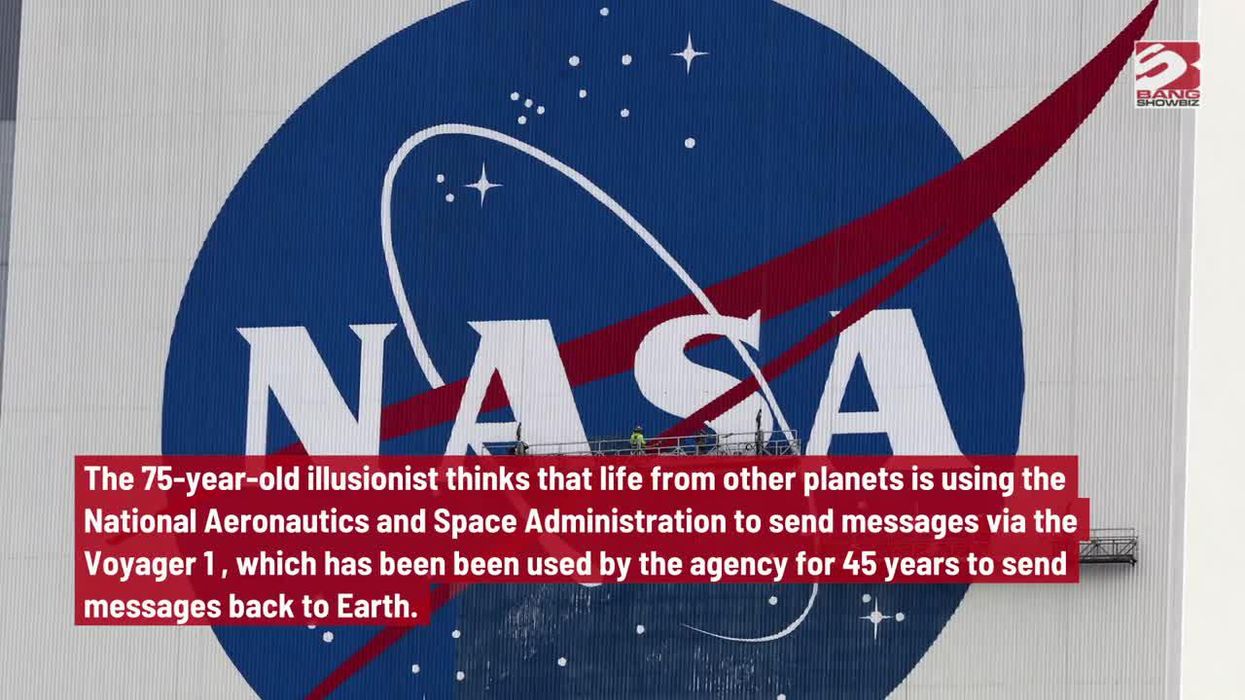Becca Monaghan
Jun 04, 2022
Uri Geller: Aliens are forcing NASA to feed messages back to Earth!
Bang Showbiz
Nasa has discovered an Earth-like planet thought to be covered in oceans of lava.
Nasa's renowned James Webb Telescope is expected to give scientists a closer look at 55 Cancri e, a lava-covered planet that orbits closer to its central star than Mercury does the Sun.
"Planets that orbit this close to their star are assumed to be tidally locked," Nasa explained, meaning that one side of the planet must be facing the star at all times.
If the planet is not tidally locked, the space agency suspects that "the surface would heat up, melt, and even vaporize during the day, forming a very thin atmosphere that Webb could detect. In the evening, the vapor would cool and condense to form droplets of lava that would rain back to the surface, turning solid again as night falls."
Sign up to our free Indy100 weekly newsletter
Research findings will help the science community better understand the origins of Earth.
"They will give us fantastic new perspectives on Earth-like planets in general," said Laura Kreidberg of Germany's Max Planck Institute for Astronomy, in a Nasa release. "[They'll help] us learn what the early Earth might have been like when it was hot like these planets are today."
\u201cNEWS \ud83d\udea8: NASA has discovered a nearby Earth-like exoplanet using the James Webb Telescope, but it rains lava at night\u201d— Latest in space (@Latest in space) 1654264867
The exploration will be led by their innovative James Webb Telescope, which has been worked on since 1996 and completed 20 years later. They expect the science instrument to last “significantly” longer than predicted, with more than 10 years of life expectancy.
Led by Nasa, the European Space Agency (ESA) and the Canadian Space Agency, the space telescope is partly powered by solar panels while also relying on more traditional propellant to allow it to orient itself.
"As we near the end of preparing the observatory for science, we are on the precipice of an incredibly exciting period of discovery about our universe," said Eric Smith, a scientist who works on the Webb program at Nasa. "The release of Webb’s first full-color images will offer a unique moment for us all to stop and marvel at a view humanity has never seen before. These images will be the culmination of decades of dedication, talent, and dreams – but they will also be just the beginning."
Have your say in our news democracy. Click the upvote icon at the top of the page to help raise this article through the indy100 rankings.
Top 100
The Conversation (0)














